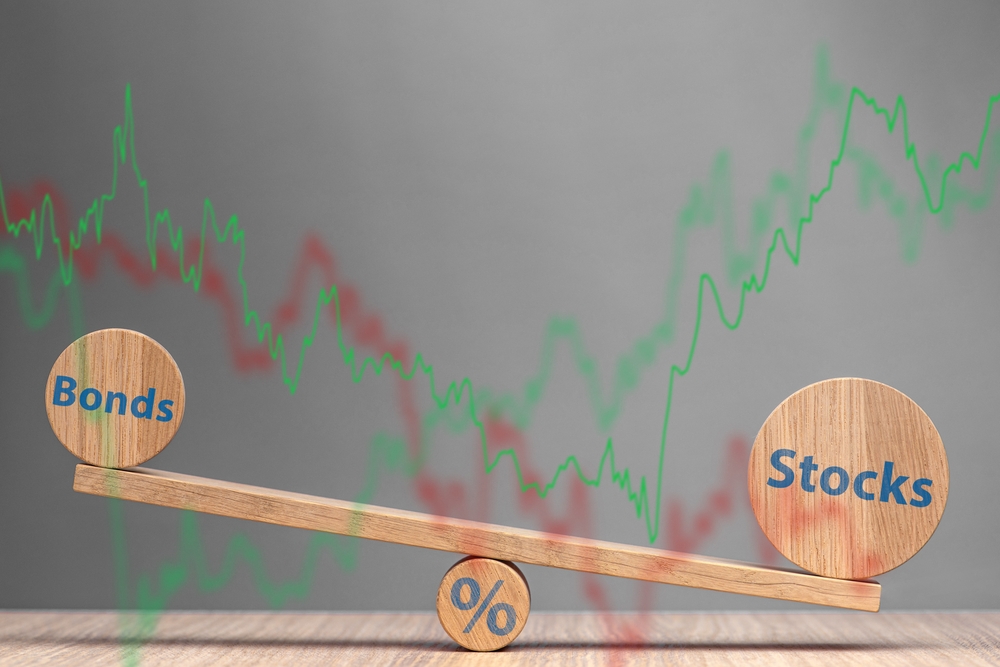
In investing, it’s not only important where the money goes, but also how quickly it can be retrieved. The ability to convert an investment into cash can determine whether an investor seizes an opportunity or misses it. This article explains why liquidity is one of the most essential elements that shape a healthy and balanced portfolio.
Definition of Liquidity
Liquidity expresses how quickly and without loss of value an asset can be converted into cash. The most liquid asset is cash itself, followed by large-company stocks that can be easily sold on the market. In contrast, real estate, works of art, or shares in small businesses belong to less liquid assets, as converting them into money is often time-consuming and may require a price reduction. Liquidity therefore reflects not only what we own, but also how quickly we can act when we need cash.
Types of Liquidity
Liquidity can be assessed from various perspectives, as markets, companies, and individual investors understand it differently. Each viewpoint provides valuable insight into how quickly financial resources can circulate in the economy.
Market Liquidity: Determines how easily a particular asset can be sold on the market at a fair price. Highly liquid markets have plenty of buyers and sellers, ensuring price stability. For example, large-company stocks trade daily in high volumes, whereas lesser-known bonds or shares in small firms may attract only a limited number of buyers.
Corporate Liquidity: From a company’s perspective, liquidity means the ability to meet short-term obligations — to pay invoices, wages, or loans. A firm with sufficient liquidity has a financial buffer and can react flexibly to changes, while a business lacking cash may struggle to survive even if its financial statements look good on paper. That’s why liquidity is often seen as a key indicator of a company’s financial health.
Portfolio Liquidity: For an individual investor, this represents the ability to quickly convert part or all of a portfolio into cash without having to sell at a loss. A balanced portfolio contains assets with varying degrees of liquidity — some that are easily accessible for unexpected situations and others tied to a longer horizon for stable growth (learn more about portfolio-building principles here).
How Liquidity Affects Investing
Liquidity directly influences how an investor plans, reacts, and makes decisions. It is a key element of balance between flexibility, risk, and return. High liquidity allows quick responses to new investment opportunities or unexpected expenses without having to sell assets at a discount. For instance, stocks can be converted into cash almost instantly, though their value fluctuates — meaning they are liquid but volatile. Real estate, on the other hand, tends to be more stable but harder to sell, and thus less liquid. Therefore, investors should monitor not only potential returns but also how quickly and under what conditions they can access their money.
Liquidity and Investment Decisions
When building a portfolio, an investor should think strategically — not only about where to earn the most, but also how quickly the funds can be accessed. The ideal combination includes a mix of liquid and less liquid assets. Liquid assets such as cash, money market funds, or traded stocks provide immediate access to financial resources. Less liquid investments — such as real estate or long-term funds — offer stability and often higher returns.
If an investor’s wealth is entirely “locked” in illiquid assets, they may face an uncomfortable situation where they own valuable property but lack cash when needed. On the other hand, holding everything in cash means missing out on potential returns. Smart liquidity management therefore helps strike the right balance between accessibility, security, and growth.
Risks Associated with Low Liquidity
A lack of liquidity often becomes apparent only when it’s too late. An investor holding assets that are difficult to convert into cash may suffer losses in a crisis because they are forced to sell below value. The problem worsens especially during market panic, when everyone is selling and there are few buyers. In such moments, even usually tradable investments can “freeze.”
A typical example was the 2008 financial crisis, when markets ran out of liquidity and many banks or funds couldn’t sell their assets without massive losses. This story serves as a warning that liquidity is not just a technical concept but a fundamental pillar of financial stability (for more on risk management, read our previous article).
The Key Is Balance
Liquidity is more than a technical term — it is a measure of financial freedom. It affects how quickly an investor can react, how well they can handle unexpected situations, and how stable their finances are. Every portfolio should therefore contain the right balance between liquid and less liquid assets. Having everything in cash leads to stagnation, while having everything “tied up” means losing flexibility. A truly successful investor understands that liquidity is not the enemy of returns — it is their reliable ally.
For more investment trends and useful tips, check out our previous articles on the AxilAcademy website.

He has been trading in the capital markets since 2002, when he started as a commodity Futures trader. Gradually he shifted his focus to equity markets, where he worked for many years with securities traders in Slovakia and the Czech Republic. He also has trading experience in markets focused on leveraged products such as Forex and CFDs, and his current new challenge is cryptocurrency trading.


